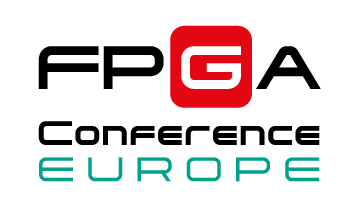Lecture Description:
FPGAs are being increasingly employed as co-processors in data centers using accelerator
cards that connect to x86 processors using a PCI express interface. A driver behind this
transition is AI applications that leverage the parallel nature of FPGAs. For programming
these FPGA-based accelerator cards you can either use a top-down approach, starting
from a top-level C/C++ and OpenCL application and working towards lower-level kernels
or a bottom-up approach where the kernel blocks are compiled separately and can be
linked together into a binary at a later stage.
The bottom-up flow has several advantages over the top-down flow. (1) It allows the
design, validation, and optimization of kernels separately from the main application. (2) It
provides faster iteration cycles for the development and optimization of kernels by
splitting the design into smaller components. (3) It facilitates reuse; a collection of kernels
can be reused like a library.
In this presentation, we use a face detection application as a reference design to show
how designers can optimize a kernel when using Xilinx's Vitis tool and the bottom-up flow.
Note that the same methodology is also applicable when designing a kernel from scratch
or importing an existing kernel from Vitis HLS.



